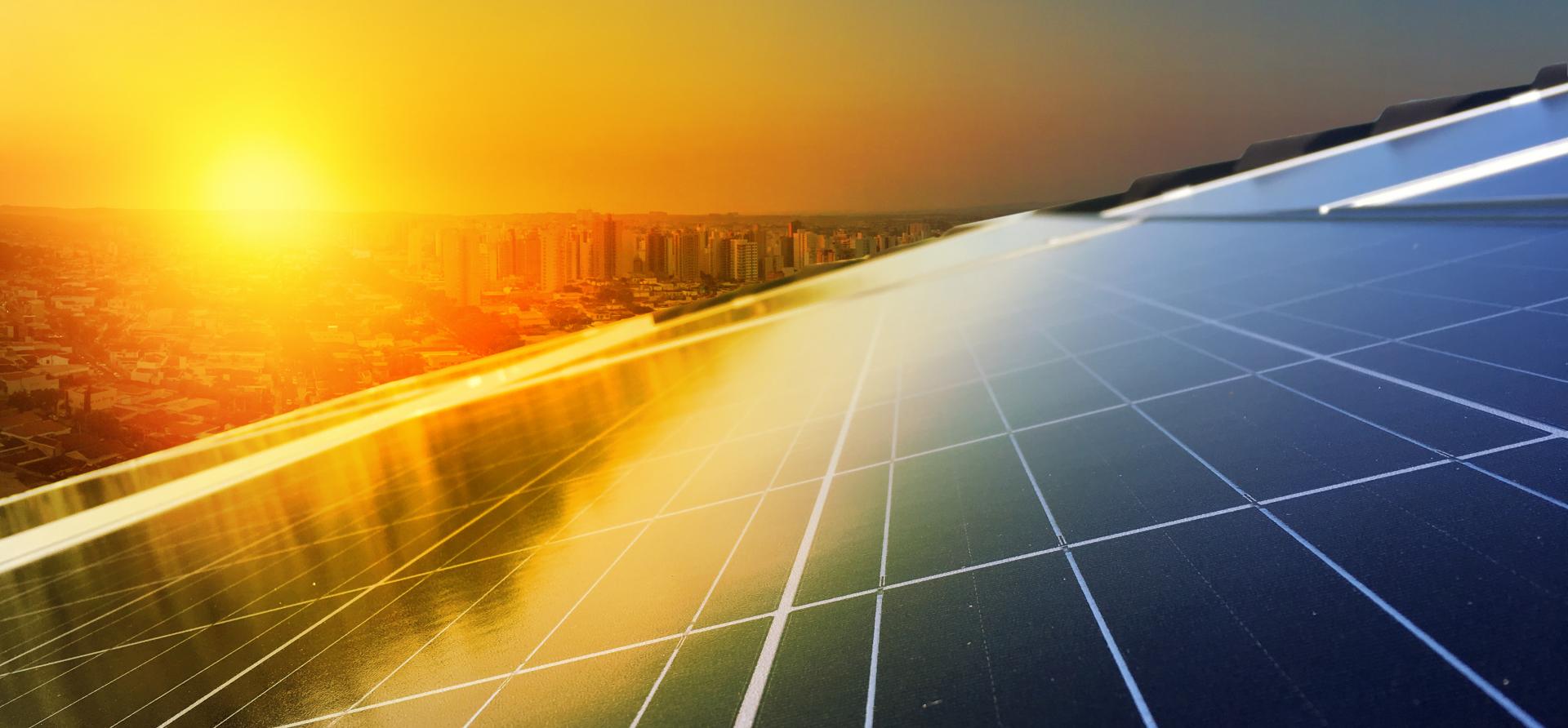IEEFA: Renewables or gas – which will Australia choose?

Key Findings
Proposed renewable energy zone for northern NSW will bring $12.7 billion in investment, support 2000 construction jobs and 1300 ongoing jobs.
Globally there is a massive surplus of gas, with prices at all-time lows and gas dependent manufacturing facing a crisis of overcapacity. Locally, major oil companies are withdrawing from the gas industry.
Among investors stepping away from projects that contribute to climate change is First State Super, Australia’s second largest superannuation fund.
It’s crunch time for the future of the north west of New South Wales, Australia. Will the region choose gas, or a renewable future? Jobs and investment are needed in the North West now, not in a decade’s time.
Investors are crying out for the opportunity to invest in renewables
Let’s look at what’s on the table. We’ve just seen the New South Wales government announce a new renewable energy zone for New England, which will bring $12.7 billion in investment, support 2000 construction jobs and 1300 ongoing jobs.
The New England Renewables Zone will be three times the size of the recently announced Central West zone, which has had an overwhelming response from investors. The tender for new renewables projects was oversubscribed by nine times. The message is clear – investors are crying out for the opportunity to invest in renewables, right now. On the other hand, we have the gas industry.
In the lead up to the Narrabri Gas Project Independent Planning Committee hearing, Santos is spruiking its ability to provide jobs and investment for the North West. But let’s look at the facts – in the present that is simply not possible.
THE COVID-19 PANDEMIC HAS HIGHLIGHTED THE WEAK INVESTMENT CASE FOR GAS. Globally there is a massive surplus of gas, with prices at all-time lows. Gas dependent manufacturing faces a crisis of overcapacity. Major oil companies are withdrawing from the local gas industry.
Globally there is a massive surplus of gas
Conoco Philips sold its Northern Territory assets last year and Shell, Chevron and Exxon are looking to exit $11 billion worth of assets. The domestic gas companies, Woodside, Santos and Origin, are cutting exploration and project budgets as they struggle to survive low prices.
The Chair of the Australian Energy Regulator recently warned that if the gas pipeline industry did not convert to green hydrogen it faced a shortened economic life.
For the Narrabri gas project, this doesn’t paint a promising picture. Narrabri gas will be expensive to extract, with AEMO calculating production cost at the wellhead at $7.40 per gigajoule.
In a world swimming in cheap gas, it’s difficult to see how this could possibly be economically viable. As an investor, it’s not an appealing prospect.
Narrabri gas will be expensive to extract
THE GAS INDUSTRY IS FACING INCREASING SCRUTINY, with a closer look at the industry showing it is no better than coal for greenhouse gas emissions. Investors are increasingly pulling away from projects that contribute to climate change – just this week First State Super, the country’s second largest superannuation fund, announced it will step away from thermal coal investment.
Renewables are the future of this region. It’s time to embrace them, and leave the dwindling gas industry in the dust.
Bruce Robertson is an LNG/gas analyst with the Institute for Energy Economics and Financial Analysis.
This commentary first appeared in The Northern Daily Leader.
Related articles:
Dubbo’s new renewables zone shows the path away from fossil fuels
The markets won’t respond to Australia’s proposed “gas-fired recovery”
Banking on oil, gas and petrochemicals is a defensive strategy unlikely to work















